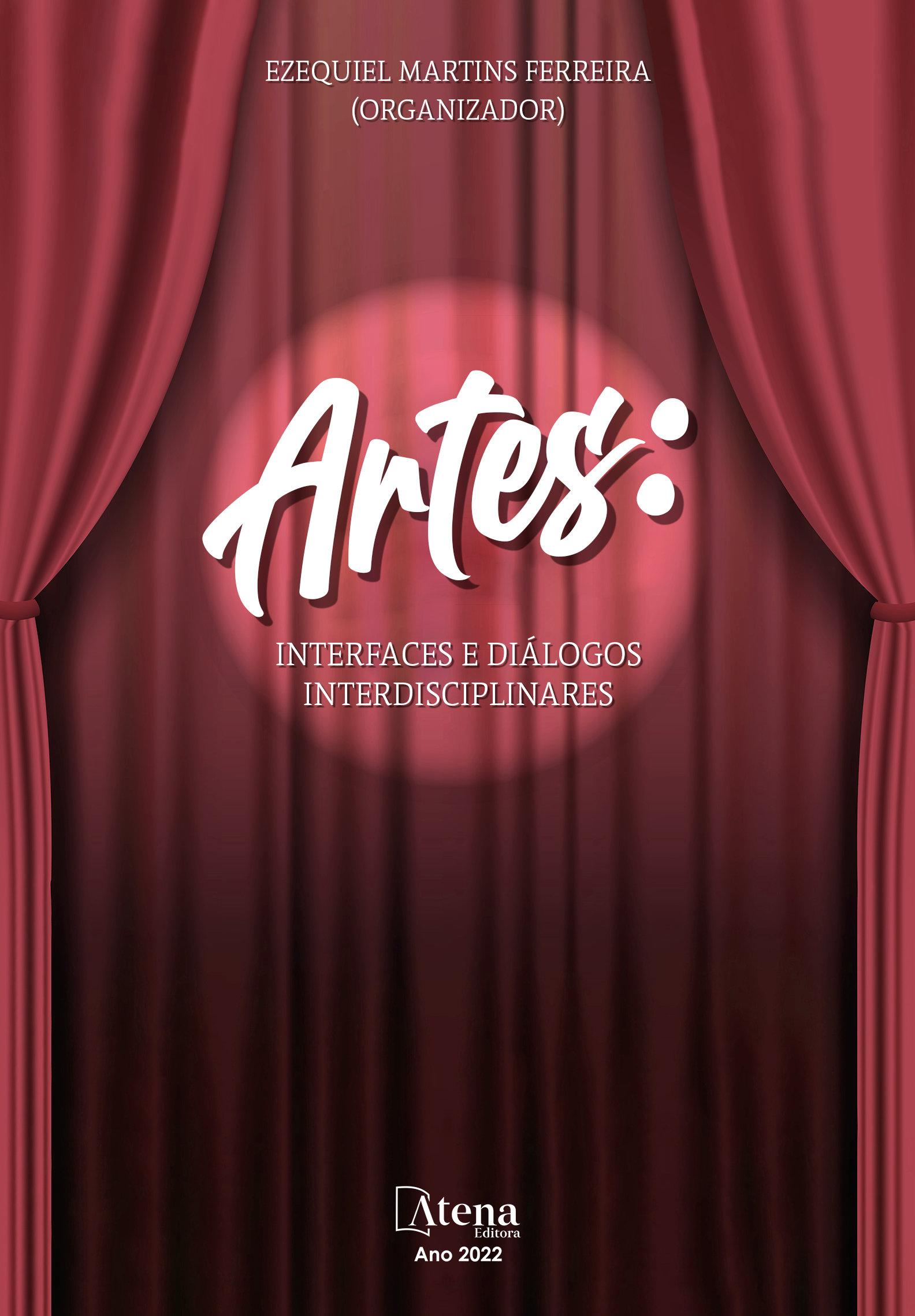
ALFABETO MUSICAL, TABLATURAS MISTAS E A TÉCNICA DO RASGUEADO: A HISTORIOGRAFIA DA GUITARRA FLAMENCA NA RECONSTITUIÇÃO DA PERFORMANCE
Este artigo aborda os aspectos técnicos e musicais do repertório de música popular destinado à guitarra barroca, cuja totalidade ainda não foi explorada pela área acadêmica e como a historiografia da música flamenca pode auxiliar na interpretação dos rasgueados, uma vez que as fontes primárias de guitarra barroca não detalham tal técnica que está diretamente relacionada com a improvisação. O objetivo é discutir como a apropriação das práticas do flamenco preservadas pela tradição oral e guiada pelas suas informações históricas pode servir como referência na reconstituição do repertório, uma vez que a formação tradicional dos violonistas não prepara o intérprete para as questões interpretativas que surgem no contexto de tradições musicais escritas e não escritas. Selecionamos uma dança barroca para comentar a importância da notação musical e demonstrar uma possível aplicação dos elementos musicais convergentes, estabelecendo um modelo comparativo que ajudará na interpretação deste acervo musical.
ALFABETO MUSICAL, TABLATURAS MISTAS E A TÉCNICA DO RASGUEADO: A HISTORIOGRAFIA DA GUITARRA FLAMENCA NA RECONSTITUIÇÃO DA PERFORMANCE
-
DOI: 10.22533/at.ed.53022110311
-
Palavras-chave: Guitarra barroca. Rasgueado. Toque flamenco. Notação musical. Tradição oral.
-
Keywords: Baroque guitar. Rasgueado. Flamenco. Musical notation. Oral tradition.
-
Abstract:
This article addresses the technical and musical aspects of the repertoire of popular music intended for the baroque guitar, whose totality has not yet been explored by the academic area and how the historiography of flamenco music can help in the interpretation of the rasgueados, since the primary sources of baroque guitar do not detail such a technique that is directly related to improvisarion. The objective is to discuss how the appropriation of the practices of flamenco preserved by oral tradition and guided by its historical information can serve as a reference in the reconstitution of the repertoire, since the tradicional formation of guitarists does not prepare the interpreter for the interpretive questions that arise in the context of the written and unwritten musical traditions. We selected a baroque dance to comment on the importance of musical notation and demonstrate a possible application of convergente musical elements, establishing a comparative model that will help in the interpretation of this musical collection.
-
Número de páginas: 12
- Dagma Cibele Eid


